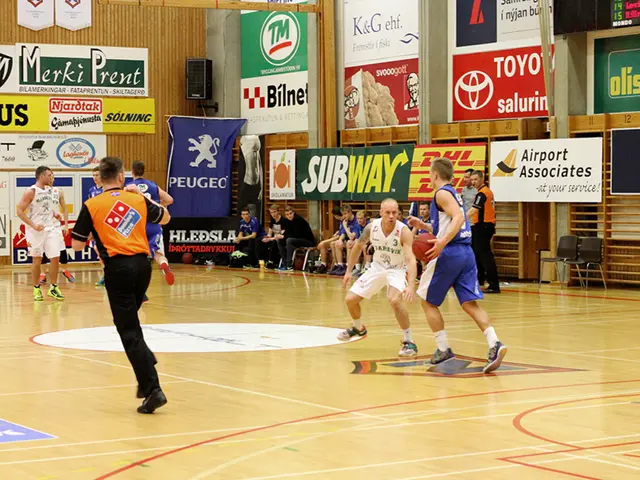An In-Depth Examination: An Extensive Study
Sui Network, a new player in the blockchain Layer-1 space, has launched amidst stiff competition from established players like Ethereum, Solana, and Aptos. Founded by Mysten Labs, led by former Meta engineers, the platform officially debuted in early 2024.
Sui aims to carve its niche by offering superior scalability, lower fees, and faster transaction finality compared to Ethereum. It also boasts an object-centric Move language, optimized for specialized use cases like gaming and social dApps. However, success is not without challenges.
Regulatory uncertainty poses another significant hurdle for Sui's success. Navigating regulations while maintaining its core functionality will be crucial for building trust among institutions, developers, and users. Security risks are inherent in any new platform, especially those using a novel language like Move. Security measures include a commitment of $10 million to enhance security, focusing on advanced analytical tools, increased monitoring of high-risk components, and technical audits.
Adoption challenges loom large, as Sui needs to compete with established blockchains for developers and projects. While Solana currently boasts a larger developer community compared to Sui, fostering long-term, utility-driven engagement is crucial. Offering developer grants, hackathons, and comprehensive tooling can help attract and retain developers.
The economic model of Sui aligns incentives for users, SUI token holders, and validators. A crucial "storage fund" is fueled by transaction fees and subsidizes future validator rewards for data storage. The Delegated Proof-of-Stake (DPoS) model incentivizes validators for high performance.
The total supply of SUI tokens is capped at 10 billion. Investors (Series A & B) receive 14% of the total SUI supply, with a 12-month cliff and linear vesting. Early Contributors are allocated 20% of the total SUI supply, with a 12-month cliff and non-linear vesting over the subsequent year. The Community Reserve holds 50% of the total SUI supply, with ~29.55% unlocked at launch and the remainder vesting gradually over several years. The Community Access Program (Public Sale) is allocated 6% of the total SUI supply, with 1/13 unlocked at TGE and 1/13 monthly for 12 months.
The Community Reserve includes Stake Subsidies, which unlock linearly over 7 years. Mysten Labs Treasury holds 10% of the total SUI supply. Notable incidents, such as the Cetus Protocol breach in May 2025, where an estimated $260 million was at risk, underscore the importance of robust security measures.
Ecosystem growth is essential for Sui's success, requiring a diverse range of payment solutions, DeFi applications, gaming platforms, and robust partnerships. Aptos, another new player, aims to be a general-purpose blockchain, using Block-STM for parallel execution and a Byzantine Fault Tolerance (BFT) consensus model.
In conclusion, Sui Network faces a challenging road ahead in the highly competitive blockchain Layer-1 space. Navigating regulatory uncertainty, fostering long-term developer engagement, and ensuring robust security are key to its success. However, with its unique features and commitment to innovation, Sui Network is poised to make its mark in the blockchain industry.
Read also:
- Peptide YY (PYY): Exploring its Role in Appetite Suppression, Intestinal Health, and Cognitive Links
- Toddler Health: Rotavirus Signs, Origins, and Potential Complications
- Digestive issues and heart discomfort: Root causes and associated health conditions
- House Infernos: Deadly Hazards Surpassing the Flames








